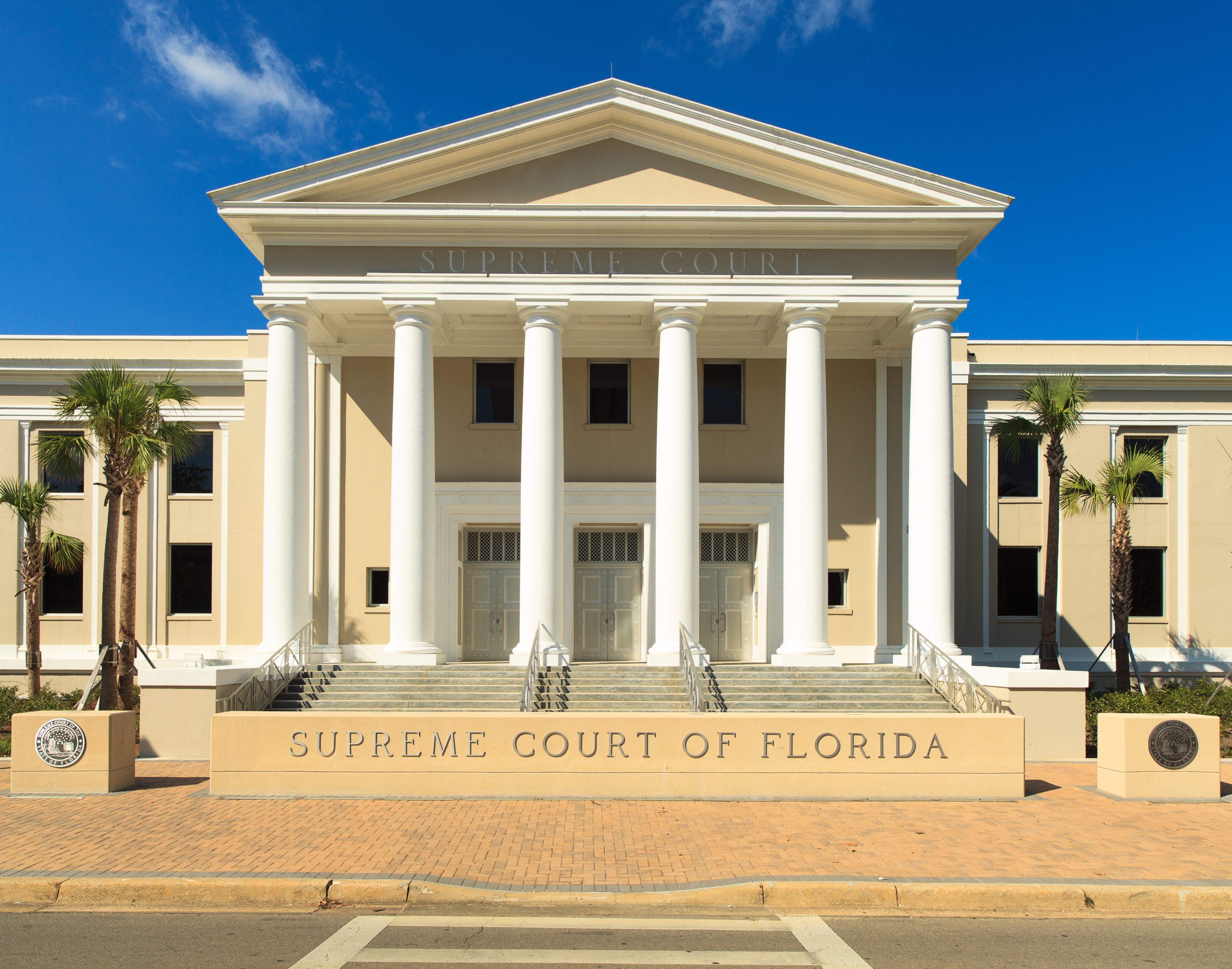
A Florida Supreme Court decision involving the death penalty has thrown between 100 to 150 cases into legal limbo, experts say.
On Thursday, the court said it erred in 2016 when it ruled a jury must be unanimous in deciding a defendant convicted of murder should be sentenced to death. A day later, lawyers and anti-death penalty advocates were scrambling to determine what this means for existing cases that are in the resentencing phase.
“No one knows how broadly the court will attempt to apply it,” said Robert Dunham of the Washington, D.C.-based Death Penalty Information Center. “And there are serious constitutional issues for all of the cases for which relief is being taken away.”
Since the 2016 ruling, dozens of death row inmates who had been sentenced to die with nonunanimous jury decisions were granted new sentencing hearings.
Dunham’s group has identified 147 such cases, but it’s unclear whether all will be subject to yet another round of sentencing. He added that there have been 35 cases where people have already been resentenced, to life in prison. He said Thursday’s decision probably can’t be applied to those cases.
“If the Supreme Court attempts to apply the decision to the people who have already gotten new sentencing hearings, or who are now awaiting new sentencing hearings, there’s a very strong argument that it’s an ex post facto law and it’s unconstitutional,” he said, referring to a law that applies to crimes which happened before the law was passed.
Under current law, defendants still need a unanimous jury decision to receive the death penalty.
Terence Lenamon, a Miami-based attorney, said he has several cases that had been granted resentencing hearings, including that of Joseph Jordan, a Volusia County man who killed his roommate. He was sentenced to death by an 8-4 jury vote, then granted relief for a new sentencing hearing.
“Is the state going to file a motion to take that back?” Lenamon asked Friday. “There are a lot of questions about how this will play out. All the questions lead to bad news for people who are facing the death penalty in the system currently, and who have received resentencing.”
Confusion over Florida’s death penalty laws began after a 2016 U.S. Supreme Court ruling in the case of Timothy Lee Hurst, who was convicted of using a box cutter to kill a co-worker at a Pensacola fast-food restaurant in 1998. A judge imposed a death sentence after a 7-5 jury recommendation.
The U.S. Supreme Court ruled the sentence was unconstitutional because the judge had too much weight in the decision.
Executions were halted for months while the state sorted out the issue. The Legislature first passed a bill requiring a 10-2 jury recommendation for a defendant to be sentenced to death, but the state Supreme Court overturned it. In 2017, the law was changed to require a unanimous jury decision.
As dozens of death penalty cases were returned to trial court for new sentences, some prosecutors opted to simply agree to sentences of life without parole to avoid new sentencing hearings, often to spare families the pain of reliving their tragedies.
Said Bjorn E. Brunvand, an attorney who represents death row clients: “I worry about the uncertainty awaiting those who have already had their death sentences vacated for a new sentencing hearing. … Their status may now be questioned by prosecutors. This is extremely troubling and sad.”
Justice Jorge Labarga was the lone dissenting voice on the Florida Supreme Court,
“The majority returns Florida to its status as an absolute outlier among the jurisdictions in this country that utilize the death penalty,” Labarga wrote, noting that Alabama is the only other state in the U.S. that doesn’t require a unanimous jury decision to impose the death penalty.
“The majority gives the green light to return to a practice that is not only inconsistent with laws of all but one of the twenty-nine states that retain the death penalty, but inconsistent with the law governing the federal death penalty,” he wrote.
___
Republished with permission of The Associated Press.


